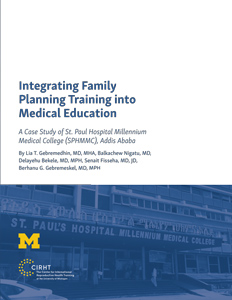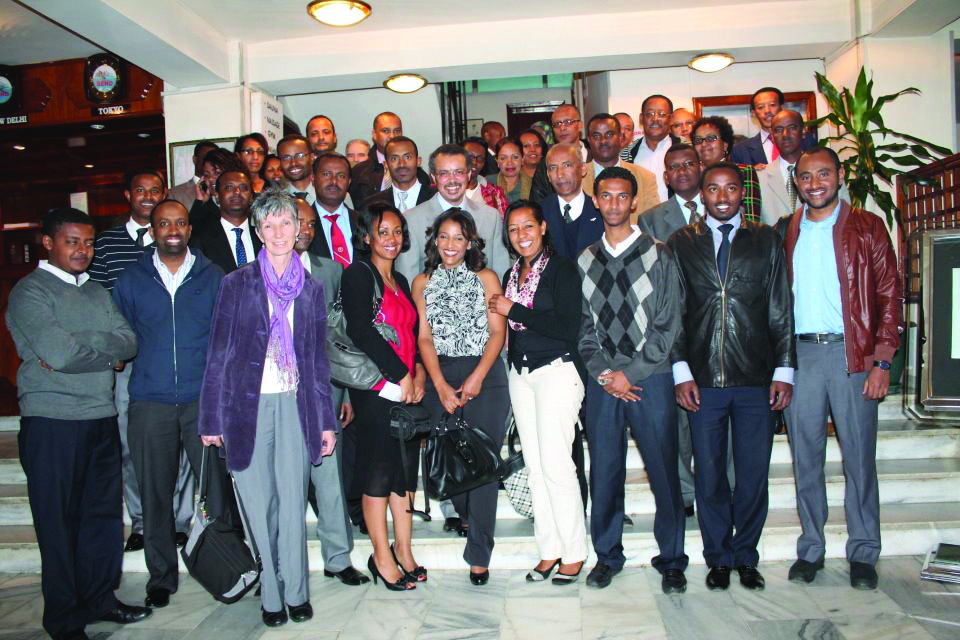
Integrating Family Planning into Medical Education: A Case Study of St. Paul's Hospital Millennium Medical College (SPHMMC), Addis Ababa
Skip other details (including permanent urls, DOI, citation information): This work is licensed under a Creative Commons Attribution-NonCommercial-NoDerivatives 3.0 License. Please contact [email protected] to use this work in a way not covered by the license.
For more information, read Michigan Publishing's access and usage policy.
III. Why St. Paul’s and U-of-M?
SPHMMC was established as a medical school in 2007 by the Ethiopian federal Ministry of Health under the initiative of Dr. Tedros Adhanom Gebreyesus (the then minister of health) with the objective of producing health professionals who are both competent and committed to serving their nation using a unique modular and integrated curriculum. “It started as a school with a different path; a pathfinder in its own right” says Dr. Tedros, who is currently the minister of foreign affairs in Ethiopia.[17] SPHMMC recruits students who have completed high school, but unlike any other medical school in Ethiopia, it selects its own students through interviews and exams to ensure the candidates not only are academically bright but also have the motivation to serve. Dr. Zerihun Abebe, provost of SPHMMC, captures St. Paul’s ambitious visions as follows: “It’s a small medical school with a very big potential.”

Launching of OBGYN residency with Dr. Tedros Adhanom, Dr. Senait Fisseha, leadership and faculty of St. Paul’s, first cohort of residents, and other invited guests
By the end of 2011, at the invitation of Dr. Senait Fisseha, Dr. Tedros Adhanom had the opportunity to visit the U-M, and after seeing the successful and long-standing global health partnership they have built with Ghana through the leadership of Dr. Timothy Johnson, chair of the OBGYN department, he asked U-M to start a similar partnership at SPHMMC especially geared toward improving maternal health given the stark need. “You cannot implement U.S. standards in Ethiopia, but a U.S. institution with experience in Africa really has more to deliver in Africa. They have the experience, so they will come with the right understanding and come with something that is tailor made for you.” Dr. Tedros said.[20] Soon after Dr. Tedros’s visit, a team from U-M that included Dr. Timothy Johnson, Dr. Senait Fisseha, and a representative from the Center of Global Health at the U-M, as well as Dr. Richard Adanu from the University of Ghana, went to visit SPHMMC and connected with Dr. Lia Tadesse, who was the vice provost of SPHMMC at the time. Within a short time, the collaboration kicked off by launching a residency training program in OBGYN at SPHMMC in 2012, which became an excellent platform for the integration of family planning into pre-service training.


